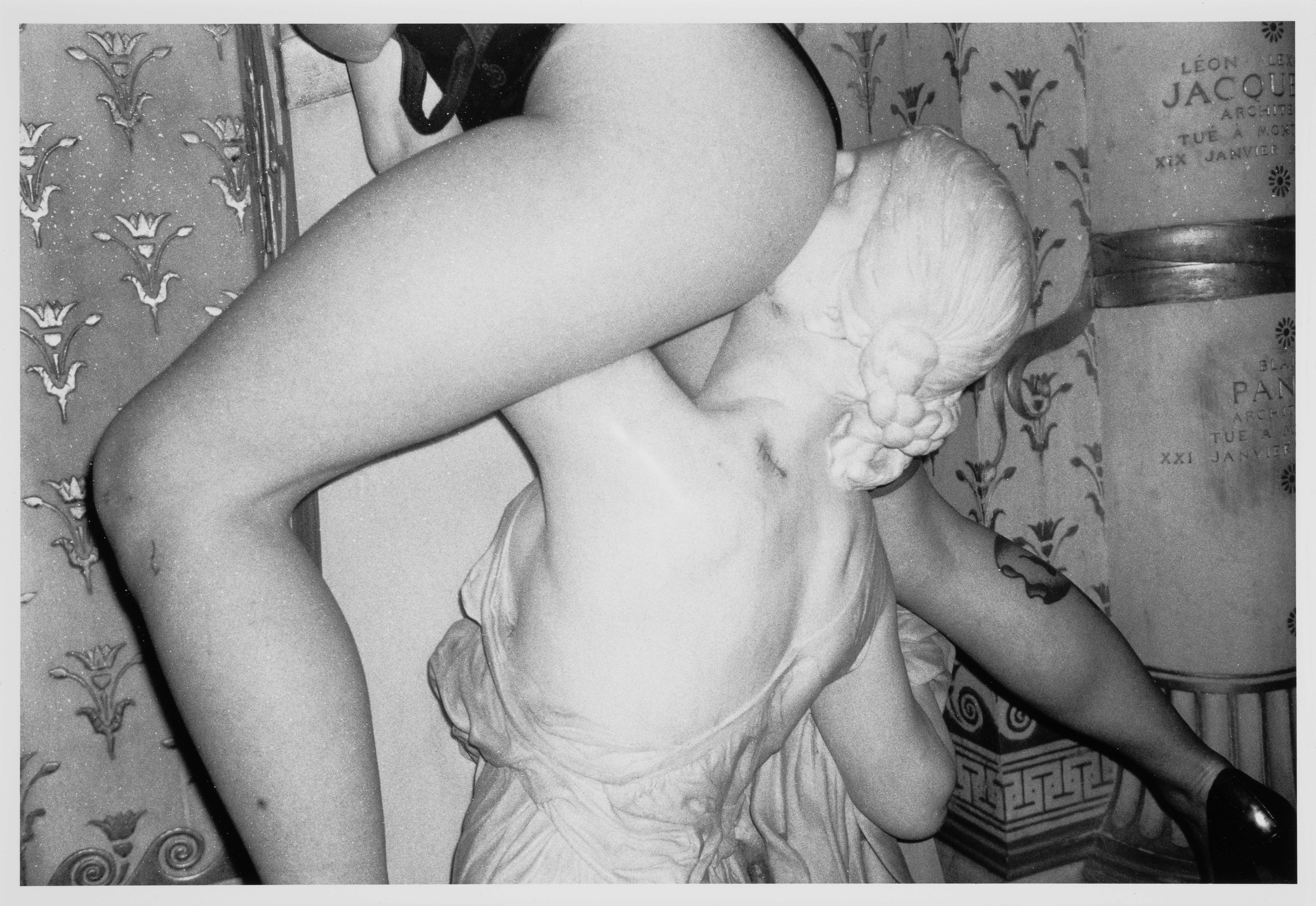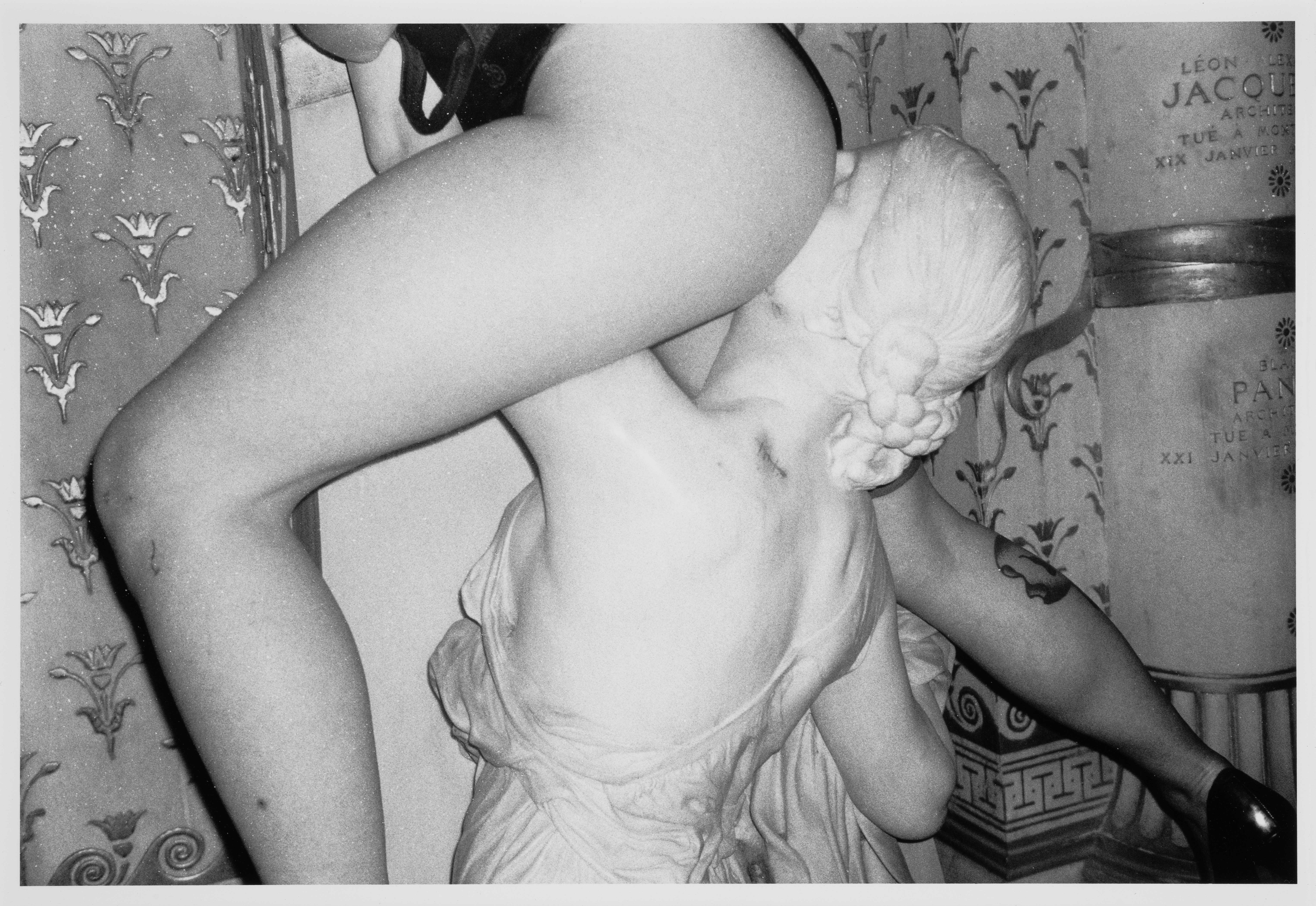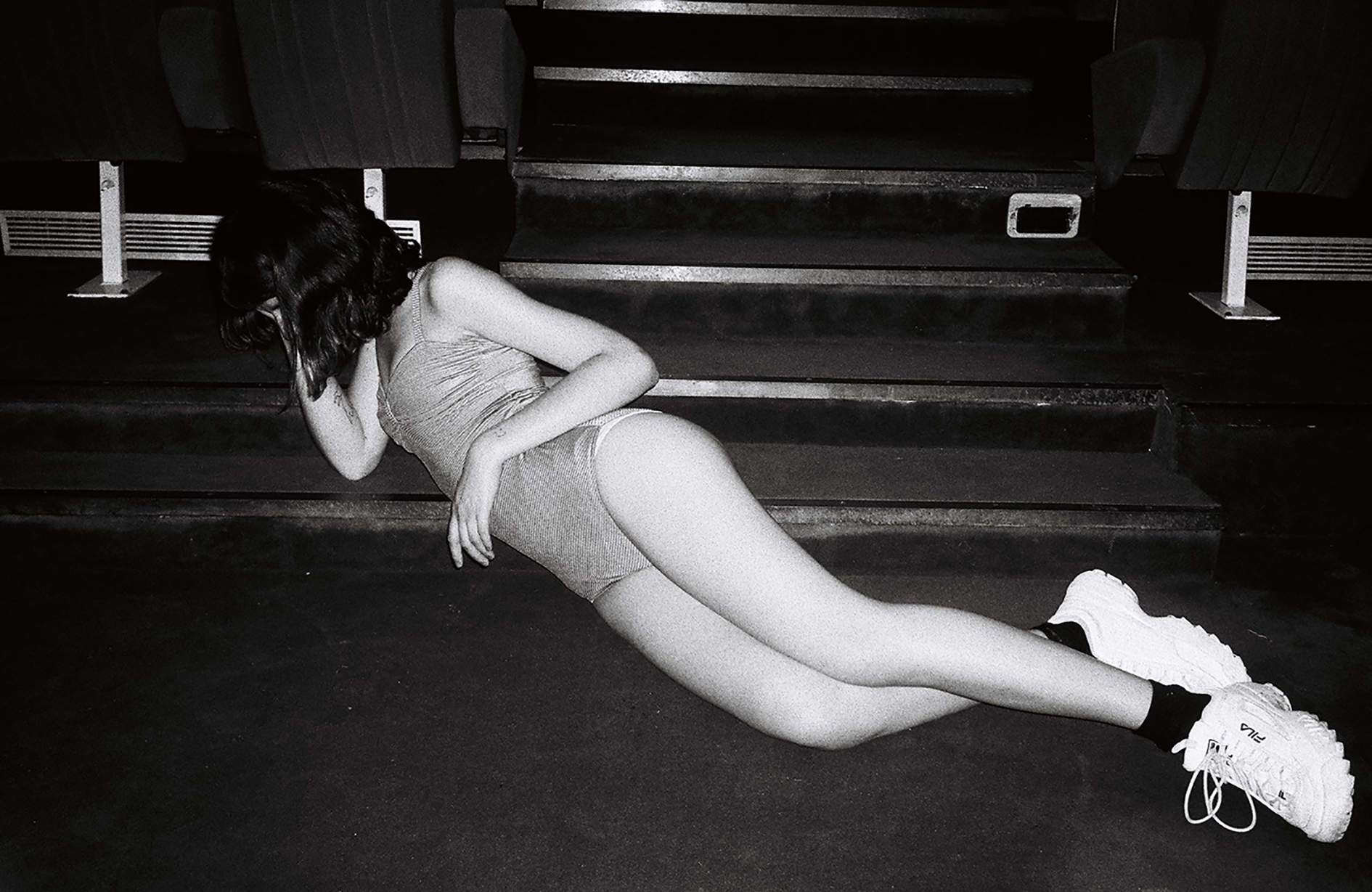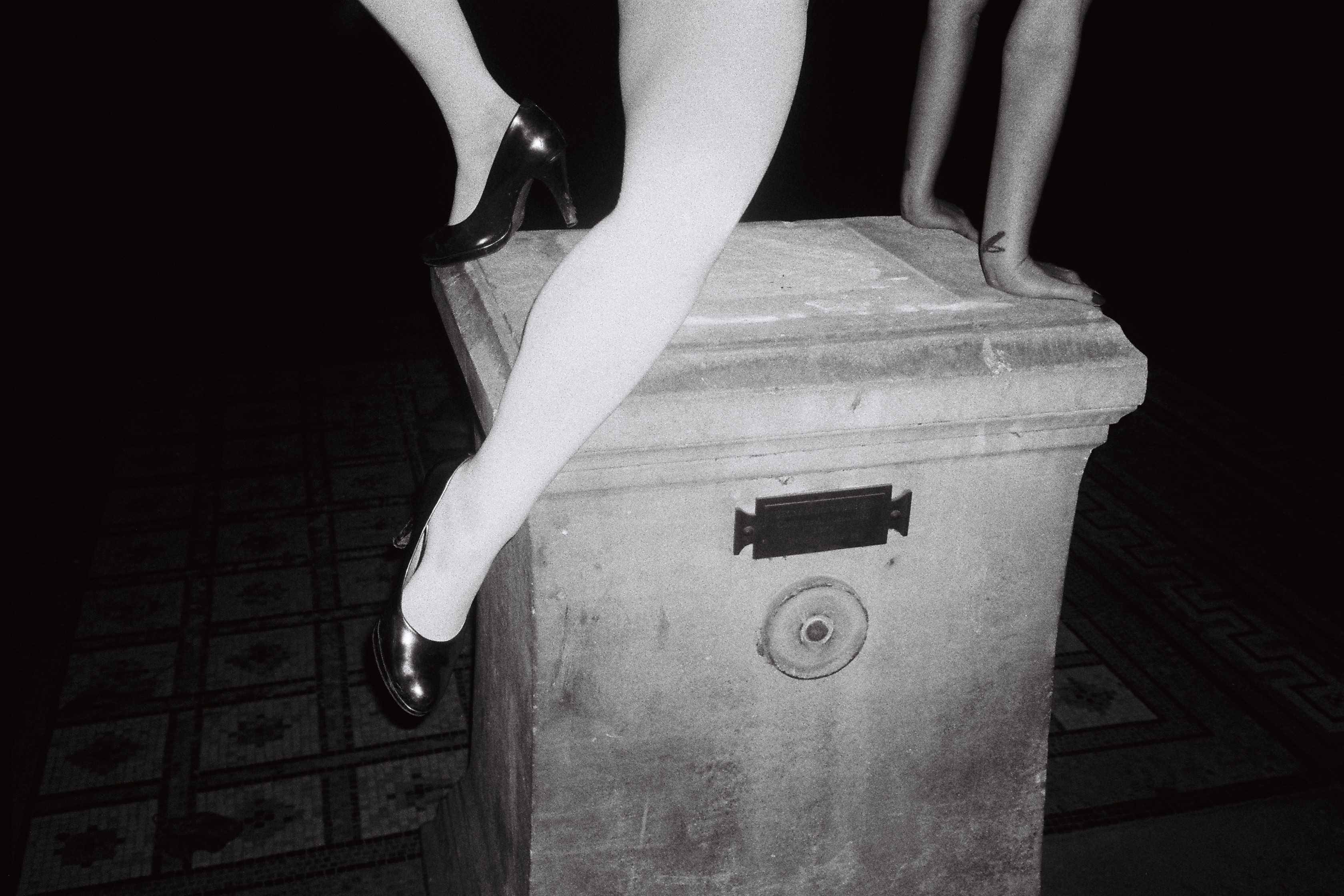Les statues meurent aussi
Back
Le Baiser, 2015
Les statues meurent aussi
baryta silver gelatin print, conservation framing with lead-sealed backing and museum glass (UV-protective, anti-reflective)
22cm x 26cm
Frame: 22,5cm x 26,5cm x 2cm
Edition of 5 ex + 2 AP
Signé
Available
© Marianne Maric
Les statues meurent aussi
baryta silver gelatin print, conservation framing with lead-sealed backing and museum glass (UV-protective, anti-reflective)
22cm x 26cm
Frame: 22,5cm x 26,5cm x 2cm
Edition of 5 ex + 2 AP
Signé
Available
© Marianne Maric

Le baiser, 2015
Les statues meurent aussi
baryta silver gelatin print, conservation framing with lead-sealed backing and museum glass (UV-protective, anti-reflective)
72cm x 92cm
Frame: 82cm x 124cm x 3,5cm
Edition of 5 ex + 2 AP
Signé
Available
© Marianne Maric
Les statues meurent aussi
baryta silver gelatin print, conservation framing with lead-sealed backing and museum glass (UV-protective, anti-reflective)
72cm x 92cm
Frame: 82cm x 124cm x 3,5cm
Edition of 5 ex + 2 AP
Signé
Available
© Marianne Maric

L'Odalisque aux baskets, 2017
Odalisques
baryta silver gelatin print, conservation framing with lead-sealed backing and museum glass (UV-protective, anti-reflective)
81cm × 121cm
Frame: 84cm x 124cm x 4cm
Edition of 5 ex + 2 AP
Signé
Available
© Marianne Maric
Odalisques
baryta silver gelatin print, conservation framing with lead-sealed backing and museum glass (UV-protective, anti-reflective)
81cm × 121cm
Frame: 84cm x 124cm x 4cm
Edition of 5 ex + 2 AP
Signé
Available
© Marianne Maric

Socle, 2015
Les Statues Meurent Aussi
baryta silver gelatin print, conservation framing with lead-sealed backing and museum glass (UV-protective, anti-reflective)
24cm × 36cm
Frame: 25cm x 37cm x 1,5cm
Edition of 5 ex + 2 AP
Signé
Available
© Marianne Maric
Les Statues Meurent Aussi
baryta silver gelatin print, conservation framing with lead-sealed backing and museum glass (UV-protective, anti-reflective)
24cm × 36cm
Frame: 25cm x 37cm x 1,5cm
Edition of 5 ex + 2 AP
Signé
Available
© Marianne Maric